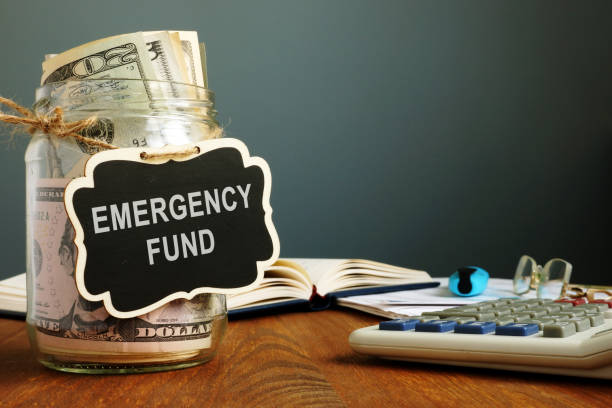In today’s fast-paced world, financial stability is more important than ever. Yet, many individuals overlook one crucial aspect of personal finance: the emergency fund. Whether you're navigating unexpected medical expenses, sudden job loss, or unforeseen car repairs, having a financial safety net can make all the difference. This article will explore the importance of building an emergency fund and provide practical tips to get started.
What Is an Emergency Fund?
An emergency fund is a savings account specifically set aside to cover unexpected expenses or financial emergencies. Unlike regular savings, this money is not for planned expenditures like vacations or new gadgets. Instead, it’s a financial cushion designed to help you weather life’s storms without resorting to high-interest debt or compromising your long-term financial goals.
Why Is an Emergency Fund Essential?
- Financial Security: An emergency fund provides a sense of security. Knowing you have a safety net allows you to face financial challenges with confidence and avoid panic-driven decisions.
- Avoiding Debt: Without an emergency fund, you may be forced to rely on credit cards or loans to cover unexpected costs. This can lead to high-interest debt, making it harder to achieve financial stability.
- Peace of Mind: Money-related stress can take a toll on your mental and physical health. An emergency fund alleviates some of this stress, offering peace of mind during uncertain times.
- Maintaining Independence: Financial emergencies can sometimes lead to dependency on family or friends. An emergency fund ensures you can handle challenges independently, preserving your relationships and personal pride.
How Much Should You Save?
The general rule of thumb is to save three to six months’ worth of living expenses. This amount ensures you can cover essentials like rent or mortgage, utilities, groceries, and transportation if your income is disrupted. However, your specific goal may vary based on factors such as job stability, number of dependents, and existing financial obligations.
Steps to Build an Emergency Fund
- Set a Realistic Goal: Determine how much you need to save based on your monthly expenses. Start small if necessary and build over time.
- Create a Budget: Identify areas where you can cut back to allocate more money toward your emergency fund. Even small sacrifices, like dining out less frequently, can add up.
- Automate Savings: Set up an automatic transfer to your emergency fund account each month. This ensures consistent progress without the temptation to spend.
- Use a Separate Account: Keep your emergency fund in a dedicated savings account, preferably one that is easily accessible but separate from your regular checking account.
- Prioritize Consistency: Regular contributions, even if small, are more effective over time than occasional large deposits.
When to Use Your Emergency Fund
Only use your emergency fund for genuine emergencies, such as:
- Medical bills not covered by insurance
- Essential home repairs
- Unexpected car breakdowns
- Job loss or reduced income
Avoid dipping into this fund for non-essential purchases or planned expenses.
Replenishing Your Emergency Fund
If you need to use your emergency fund, make it a priority to replenish it as soon as possible. Treat it like a financial reset button, ensuring it’s ready for the next unexpected event.
In conclusion, building an emergency fund is a cornerstone of financial health. It provides security, reduces stress, and helps you navigate life’s uncertainties with greater ease. Start small, stay consistent, and watch your safety net grow. Remember, the peace of mind that comes with being prepared is priceless. Begin your journey toward financial resilience today, your future self will thank you!

